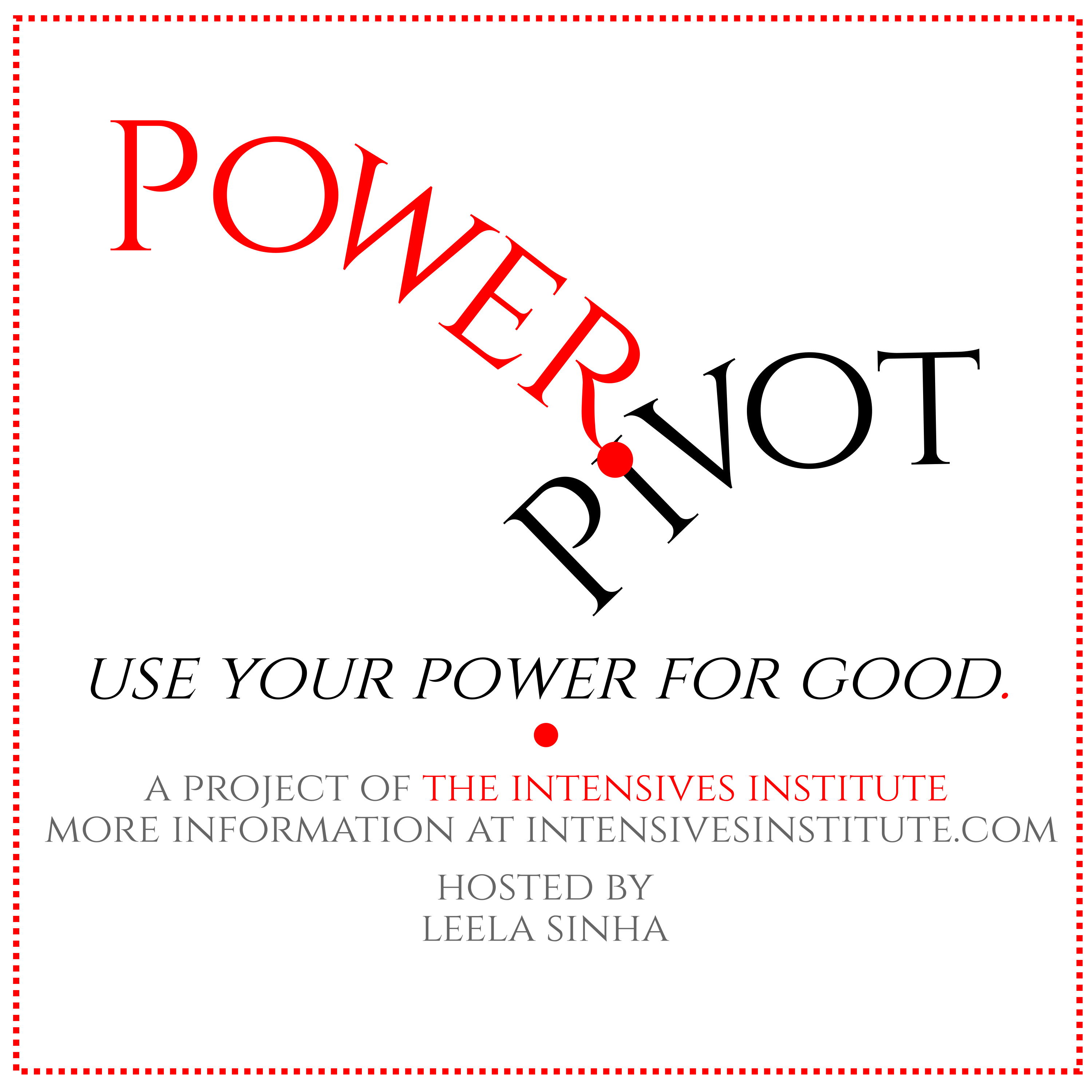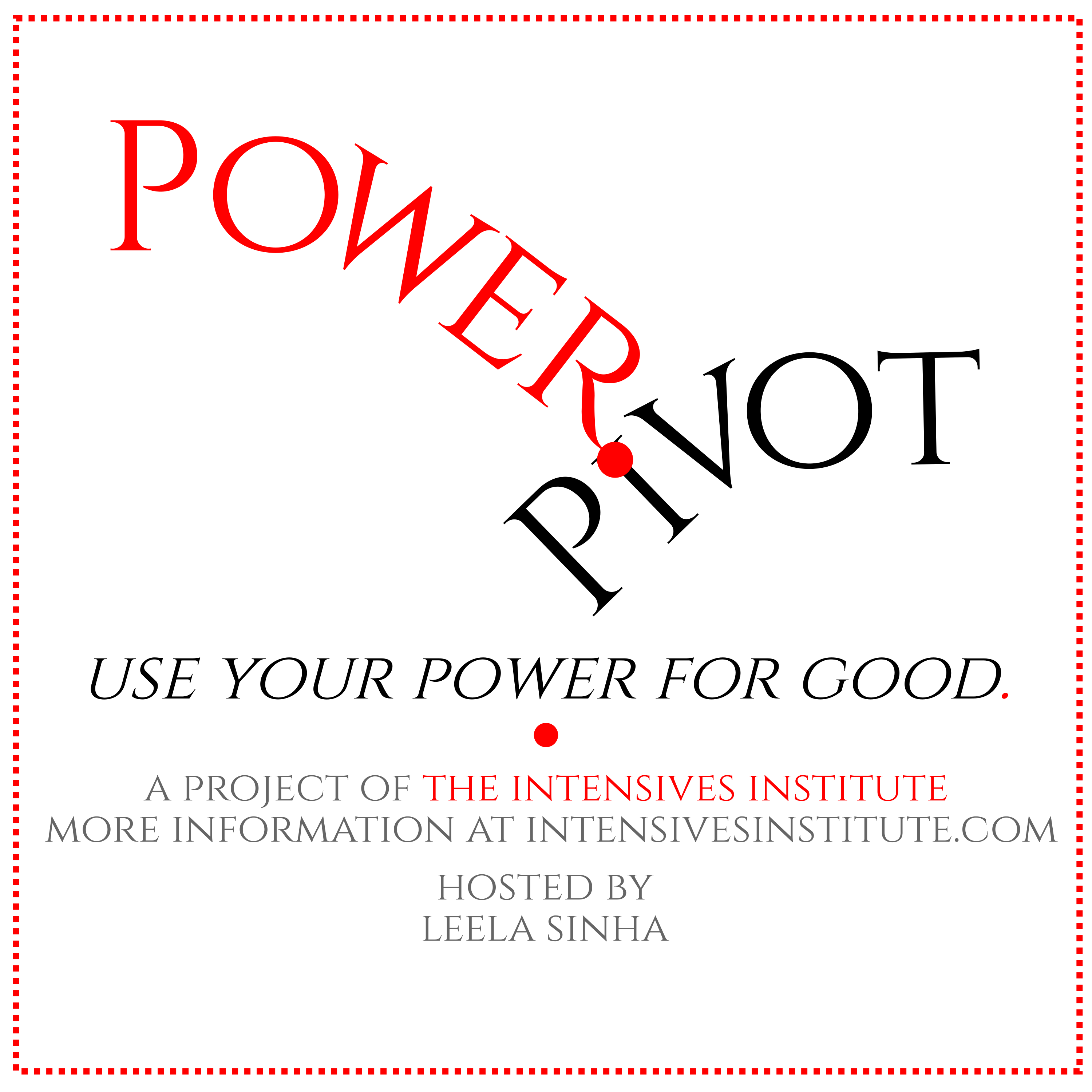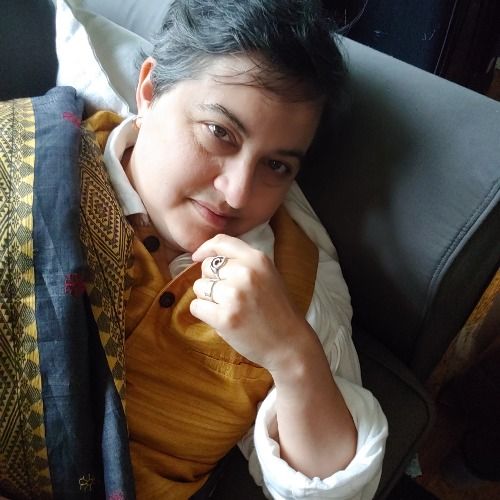Episode 86
Why is the SIEF like this?
"As an intensive, you know, if it's not quite right, it's not right.
And if it's not right, it's not been done.
And if it hasn't been done, well, then we're gonna have to do it, aren't we?"
A look into the thought process behind the construction of the Sinha Intensive-Expansive Framework, and how it can be a tool that helps us meet everyone's needs, all the time.
Transcript and notes:
https://dev.intensivesinstitute.com/captivate-podcast/why-is-the-sief-like-this
Recorded 29 March 2023.
Transcript
Hi, everyone. Thanks for tuning in.
Today I'm going to talk a little more about intensiveness directly. Because I don't talk about it very often. And it seems like maybe I should. After all, it is the basis of everything we're doing here. One of the questions that people often ask me is like, why? Why did you create... like, why did you make this thing? And the answer is really, because, very intensively, no one else was doing it.
So when I started to realize, lying there in the middle of convalescing for a back injury, for months and months- when I started to realize that there was this quality of too-much-ness. There was this quality of, of bigness, of space and energetic, and life occupation that wasn't- that wasn't appropriately appreciated by the people around us.
When I started to cop an attitude about it, because the other alternative was feeling like crap about it and that wasn't working for me, and it wasn't working for any of us- When I started to find and wind my way into a different way of being with myself, with this energy, with this fierceness, with this ideation, with this creativity, with this persistent consistent inconsistency of attention, with this diving in and depth, with this desperate need for realness.
When I started to come to terms with that, the first thing I thought, being very interested in psychological testing of various kinds, and having been subjected to a lot of very bad psychological testing over my lifetime, I started to think, Oh, well, somebody's already described this, right?
So I went and looked at like, Myers Briggs, and there was no clear place where intensiveness fit into Myers Briggs. And I went and looked at DiSC, and I was like, Well, it's kinda sorta, kinda sorta...unh nh... in there. And I was like, Well, maybe it's enneagram. Enneagram's got like nine different types. And I find enneagram more useful than some of the other ones. So I went and looked at that. And I was like, it's kind of an eight, but it's kind of a seven, but- mmm, eh.
And there I was, again, making those noises. Like, eh, this isn't quite right. Which as an intensive, you know, if it's not quite right, it's not right. And if it's not, right, it's not been done. And if it hasn't been done, well, then we're gonna have to do it, aren't we? Well, we're gonna have to do it, aren't we? "I'll do it myself, said the little red hen."
That story always kind of struck me as both familiar and wrong. Like, why wouldn't anybody help the little red hen? Why wouldn't they participate in any of the activities? Any of them? Why wouldn't they negotiate? Well, wouldn't they be like, Yeah, I won't help you with that part. But I'll help you with the next part. Or I won't help you with that part. But I'll help you with three parts down the road? Or how about if we split it up, and we each do half?
Like, why couldn't they think creatively about this request for assistance? And instead, they were just like, Nah, I don't feel like it. I've since realized that at least part of "I don't feel like it" is just a personality thing. Like, she had the wrong friends. She was stuck on the farm. So she didn't have a lot of choices. But those were not the right people. If she wanted to be doing things like baking bread, she needed some different friends that would help her, that would be excited about baking bread.
Or that would know somebody who is excited, like, "Hey, I don't want to help you but why don't you ask my buddy over there? He's been thinking about wheat growing since he was this tall. He's got 17 Different kinds of wheat growing in his field, because he's not sure which one is the best. And so he's testing them out. Or that one over there built their own flour mill out of Legos. Yeah, you better go talk to them." Right?
So like, why can't we support each other's dreams? Help each other be engaged, be interested, be working together? That was my question like- What is this, you got to do it yourself? And yet, we all have to do it ourselves.
That's the lesson of being intensive in many parts of the world at many times in many places is unless you are of a certain level of wealth, unless you are of a certain social status, unless you are in a certain kind of community, you're going to have to do it yourself.
And because we live in a world that's driven by money, in most cases, if you're not going to do it by yourself, you should pay or compensate, somehow help, the person who's helping you. If they are helping you, you can't just freely exchange labor or anything else because then that person won't be able to pay their bills.
So anyway, that's a sidetrack but- I noticed that nobody was talking about it. Nobody had named it we had like type A and type B. And that was kind of like sort of maybe, but it was still pejorative, and my big beef with all of the words all the language, all the context we had for this so far was that it was all pejorative. It was all telling us we were wrong, we were bad, we were taking up too much space, we were loud, we were damaging people by our very existence, by our existence as if that's even a thing.
That is, by the way, not a thing. One does not damage other human beings by existing. That's not how that works. But what they really meant was, you make me uncomfortable. You make it hard for me to maintain my narrow and unwavering worldview. You rock the boat. You suggest that humans could fly. You dream too big. And it makes me nervous. And I don't like to be nervous. So I'm going to tell you that what's wrong, is that you're making me nervous. And you got to stop making me nervous so that I can stop being nervous.
Instead of maybe examining whether or not there's anything to be nervous about. Instead of maybe examining if that nervousness is just a fear of losing a status quo that's kept me safe, but also kept me caged in.
So I decided I wanted to make something of my own that would describe this thing that would describe us as we are, as who we are. But I didn't want to make just any thing because one of the problems that I had with all of those other things I mentioned, and a bunch more- Gallup StrengthsFinder, which I like, by the way, I think it's reaffirming to find out that I honest to goodness, don't have a lot of executive function. But I'm really good at inspiring people. Like that's, that's good to know about myself.
It's good to have somebody outside myself, even if it's a test, tell me what I already know. So that I can know that I'm not as crazy as I sometimes feel. And I mean that in the technical diagnostic sense. And I'm not as wrong as I sometimes feel. And I mean that in the social sense.
But one of the things that I had run into over and over again, is that when you immerse yourself in one of those systems, when you read the book, or go to the class, or take the workshop, whatever it is, for that moment, your brain is holding all of the axes of that method in your head, it's, it's all right there, and you understand the depth and the nuance in there, all these synapses firing and you really get what it means. You get what it means to be a nine or an INFJ.
You get what it means. You understand it in your gut, and you look at somebody else and you say, Oh, you're a... X. And it helps you in that moment of clarity. To recognize their gifts and their strengths and their challenges. And it also starts to build a little bias, it also starts to tell you that you like or don't like that person. And also, when you leave the room or the workshop, close the book, go eat dinner, what sticks with you, or what sticks with me, is the feeling of resonance or dissonance.
What doesn't stick with me is why I have that feeling. What all those letters mean, how they combine and recombine to create a person behind the letters. Behind the thing. And it's a lot to remember, it's a lot to coordinate, especially if you've got more than one system in your head. You're like wait, is that INFPs that I don't like? Or is it fives? How do I know? How do I know if I like you, if you're not wearing your little tag ,your little label.
And in some companies, that's even worse, because they use that label as like a first gatekeeper. They'll have you take a personality test before you interview and then they won't even interview you if you don't come up with the right answers. What is that? How does that even going to work? Pro tip: it's not.
So here's the thing, I wanted something simple. I wanted something easy to remember. I wanted something that when you left the room when you close the book when you finished the assessment, it would still feel meaningful, it would still feel nuanced. You would remember the important parts and not just oh this is someone I get along with it and this is someone the tests said I don't.
So the first thing about it was that I wanted something that was not pejorative at any end. Not pejorative at either end. And then I wanted it to only have two ends, because I wanted to just talk about this one thing, not all the other things that accompany it. There are modifiers. Yes, they're squished and fried, there's untrammeled. Right?
There are variations. There's high tolerance and low tolerance, but but at the center of it, it's just one thing. It's an axis, a single axis, two points and a line. Now, if you know anything about me, you know that binary is not really my style. And so there's a certain amount of irony in somebody who identifies as non-binary in so many different ways, creating a system that's binary, even if it's binary ends of a spectrum, of a continuum. Even if there are shades of gray in the middle, it's still a little weird.
But I wanted to deliberately describe just one axis. Just one aspect of our being. Just one way, one piece of the ways that we are in the world. So I created this thing that didn't have four letters that didn't have quadrants, it has two points and a line. And then it has a lot of ways that that shows up. It has a lot of flexibility. Because we're intensives or expansives.
But I'm an intensive and and that flexibility is absolutely vital to the way that I understand me and us and the world. So yeah, there's two categories. And yeah, there's a continuum in the middle. And then yeah, there are lots of ways to be those things. But they all center around this one understanding of ourselves, right. There are intensives go like hell rest like the dead, highly visionary, not so much on fine detail. Deep Dive learners.
And then there are expansives. Slow, steady. Considerate. In the sense of considering details, considering possibilities, thoughtful, planful. Don't like a lot of change. They like advance warning. They like a set of rules they can follow. Intensives chafe at rules, are always looking for the exception.
Between expansives and intensives, we have, we have a range of skills of talents of possibilities. And if you look at any project, you'll find places where intensives are exactly the right people. And you'll find places where expansives are just what you need. So I wanted it simple. I wanted it non-judgmental, I wanted it descriptive rather than prescriptive.
The framework itself doesn't tell us what we should be doing as people, it tells us how we are as people. And then the work around the framework is what tells us how we might best serve and love and appreciate and support each other. And how we might meet our own and each other's needs. So that everyone's needs get met all the time, including yours.
Including yours as the founder intensive, including yours as the deep visionary. Including yours as the person who needs four full days off to actually get your brain back into gear. Including yours, who can come up with a connection between two unrelated things given five minutes, and a glass of water. Who can write elegant prose on a moment's notice.
Or maybe draw the most fantastic art or maybe come up with the most exquisite, unexpected mathematical solution to the thing people have been trying and trying and trying to do. The person who takes "it can't be done" as a challenge. And the person who sits down in the corner and stops when nobody gets it.
Just this, just this one continuum, easy, non-judgmental, appreciative, kind, real. A bridge hopefully, thick with possibility and love. That's why this framework, that's why this continuum. That's why it is the way it is. That's why I did it. If you want to appreciate the people you work with better and you want them to appreciate you better, and each other, and if you want to know who will love doing what more easily.
Hopefully this can help. Most of us spend at least eight hours a day working. Shouldn't we get to love it? T
hanks for tuning in. Talk with you soon.


